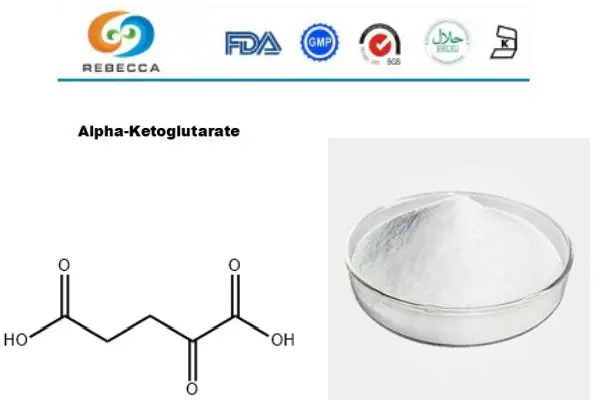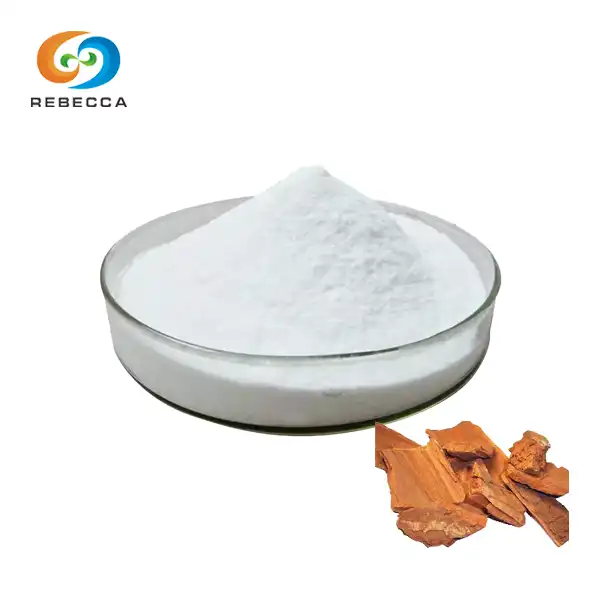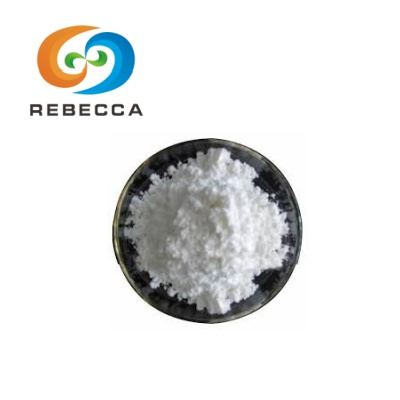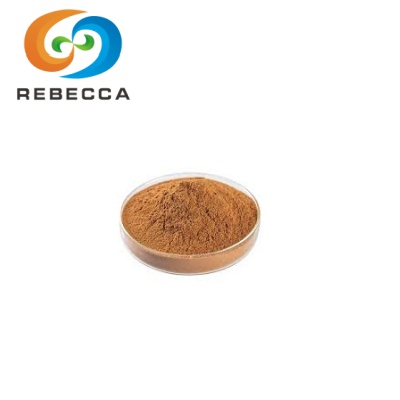Can alpha-ketoglutarate be used in gluconeogenesis?
Role in Amino Acid Metabolism
Alpha-ketoglutarate (AKG powder, Cas no:328-50-7) plays a crucial role in amino acid metabolism and indirectly contributes to gluconeogenesis - the process of producing glucose from non-carbohydrate sources. As a key intermediate in several metabolic pathways, α-KG serves as a link between carbohydrate and protein metabolism.
In amino acid metabolism, it acts as a carbon skeleton for the synthesis of several amino acids. It can be formed from the deamination of glutamate, a process that removes the amino group from glutamate, leaving behind AKG powder. Conversely, it can accept amino groups from other amino acids through transamination reactions, forming glutamate. This bidirectional relationship between α-KG and glutamate is central to nitrogen metabolism in cells.
The connection between Alpha-Ketoglutarate and amino acid metabolism is particularly relevant to gluconeogenesis. While Alpha-Ketoglutarate itself is not directly converted to glucose, its involvement in amino acid interconversions allows it to indirectly support glucose production. When the body needs to produce glucose from non-carbohydrate sources, amino acids can be broken down and their carbon skeletons used for glucose synthesis.

its role in amino acid metabolism means it can influence the availability of these gluconeogenic precursors.
For instance, when protein breakdown increases during fasting or in low-carbohydrate conditions, the resulting amino acids can be deaminated or transaminated. In many cases, Alpha-Ketoglutarate serves as the acceptor for the amino groups in these reactions. The resulting glutamate can then be further metabolized, and the carbon skeletons of the original amino acids can enter various metabolic pathways, including gluconeogenesis.
It's important to note that while AKG powder facilitates these processes, the actual conversion of amino acids to glucose occurs through several steps and involves multiple enzymes and metabolic pathways. its indirect nature contribution to gluconeogenesis highlights the interconnectedness of metabolic processes in the body.
Transamination Reaction
Transamination reactions, in which Alpha-Ketoglutarate plays a central role, are fundamental to the body's ability to manage nitrogen and carbon metabolism.
These reactions involve the transfer of an amino group from an amino acid to α-KG, resulting in the formation of glutamate and a new α-keto acid.
This process is reversible and forms a critical link between amino acid metabolism and carbohydrate metabolism, indirectly supporting gluconeogenesis.
One of the most significant transamination reactions involving Alpha-Ketoglutarate is with alanine, catalyzed by the enzyme alanine aminotransferase (ALT). In this reaction, alanine transfers its amino group to α-KG, forming glutamate and pyruvate. This reaction is particularly important in the glucose-alanine cycle, where alanine serves as a carrier of amino groups from muscle to liver.

In the liver, the pyruvate produced from this transamination can directly enter the gluconeogenic pathway, contributing to glucose production. Meanwhile, the glutamate formed can either be used for protein synthesis or undergo further reactions, potentially leading to its regeneration or the production of other metabolic intermediates.
Another key transamination reaction involves aspartate and α-KG, catalyzed by aspartate aminotransferase (AST). This reaction produces oxaloacetate and glutamate.
Oxaloacetate is a direct precursor in the gluconeogenic pathway and can be converted to phosphoenolpyruvate, a key intermediate in glucose synthesis.
These transamination reactions allow Alpha-Ketoglutarate to indirectly participate in gluconeogenesis by facilitating the conversion of amino acids into gluconeogenic precursors. While α-KG itself does not become glucose, its role in these reactions is crucial for maintaining the pool of metabolites that can be used for glucose production when needed.
It's worth noting that these transamination reactions are bidirectional and their direction is influenced by the concentrations of substrates and products. In conditions of energy deficit or low carbohydrate availability, the reactions tend to favor the production of gluconeogenic precursors, supporting the body's need for glucose synthesis.
Glucogenic Substrates
Alpha-ketoglutarate (α-KG) plays a significant role in the production and utilization of glucogenic substrates, which are molecules that can be converted into glucose through the process of gluconeogenesis. While AKG powder itself is not directly converted to glucose, its involvement in various metabolic pathways contributes to the pool of glucogenic substrates available for glucose production.
Glucogenic substrates are particularly important during periods of fasting, prolonged exercise, or when carbohydrate intake is low.
In these circumstances, the body needs to keep up blood glucose levels to guarantee a consistent vitality supply to the brain and other glucose-dependent tissues.
This is where gluconeogenesis gets to be vital, and the accessibility of glucogenic substrates gets to be basic.
One of the primary ways α-KG contributes to the pool of glucogenic substrates is through its role in amino acid metabolism. When proteins are broken down, the resulting amino acids can be deaminated or transaminated, often involving α-KG as an amino group acceptor. The carbon skeletons left after these reactions can serve as glucogenic substrates.

For example, the transamination of alanine with AKG powder produces pyruvate, which is a direct gluconeogenic precursor. Similarly, the transamination of aspartate with α-KG produces oxaloacetate, another important gluconeogenic substrate. These reactions not only help in managing nitrogen balance but also provide the carbon skeletons necessary for glucose production.
Furthermore, its involvement in the citric acid cycle indirectly supports the production of glucogenic substrates. As the cycle operates, it can generate excess intermediates that can be directed towards gluconeogenesis. For occasion, oxaloacetate delivered in the cycle can be changed over to phosphoenolpyruvate, a key gluconeogenic intermediate.
It's imperative to note that the utilization of these glucogenic substrates for glucose generation basically happens in the liver and, to a lesser degree, in the kidneys.
These organs have the vital enzymes to carry out gluconeogenesis, changing over different antecedents into glucose which can at that point be discharged into the circulation system to keep up glucose homeostasis.
Its ability to contribute to the pool of glucogenic substrates underscores its importance in metabolic flexibility. By facilitating the interconversion of amino acids and participating in central carbon metabolism, AKG powder helps the body adapt to different nutritional states and energy demands, ensuring a steady supply of glucose when dietary carbohydrates are limited.
Alpha-Ketoglutarate For Sale
Alpha-ketoglutarate (α-KG) has gained attention not only for its crucial role in metabolism but also for its potential applications in various fields, including research, pharmaceuticals, and dietary supplements.
Rebecca Bio-Tech, a professional manufacturer based in China, has established itself as a leading producer of α-KG. With a high annual output and a commitment to quality, Rebecca Bio-Tech offers Alpha-Ketoglutarate with a minimum purity of 99%. This high level of purity is crucial for research applications and pharmaceutical use, where the presence of impurities could interfere with results or compromise product safety.
The availability of high-purity products from manufacturers like Rebecca Bio-Tech has important implications for research into gluconeogenesis and related metabolic processes. Researchers can use this commercially available alpha-ketoglutarate powder to study its effects on cellular metabolism, its role in amino acid interconversions, and its potential influence on glucose production under various conditions.
For those interested in obtaining AKG powder for research or other applications, Rebecca Bio-Tech can be contacted at information@sxrebecca.com for further information.

References
1. Owen OE, Kalhan SC, Hanson RW. The key role of anaplerosis and cataplerosis for citric acid cycle function. J Biol Chem. 2002;277(34):30409-30412.
2. Brosnan JT. Glutamate, at the Interface between Amino Acid and Carbohydrate Metabolism. J Nutr. 2000;130(4):988S-990S.
3. Yang L, Venneti S, Nagrath D. Glutaminolysis: A Hallmark of Cancer Metabolism. Annu Rev Biomed Eng. 2017;19:163-194.
4. Adeva-Andany MM, Pérez-Felpete N, Fernández-Fernández C, Donapetry-García C, Pazos-García C. Liver glucose metabolism in humans. Biosci Rep. 2016;36(6):e00416.
5. Rui L. Energy Metabolism in the Liver. Compr Physiol. 2014;4(1):177-197.








